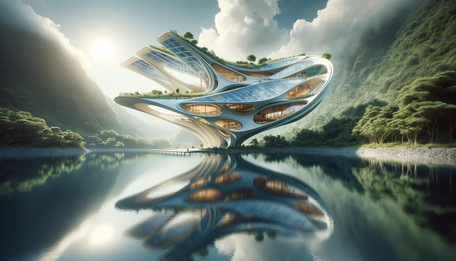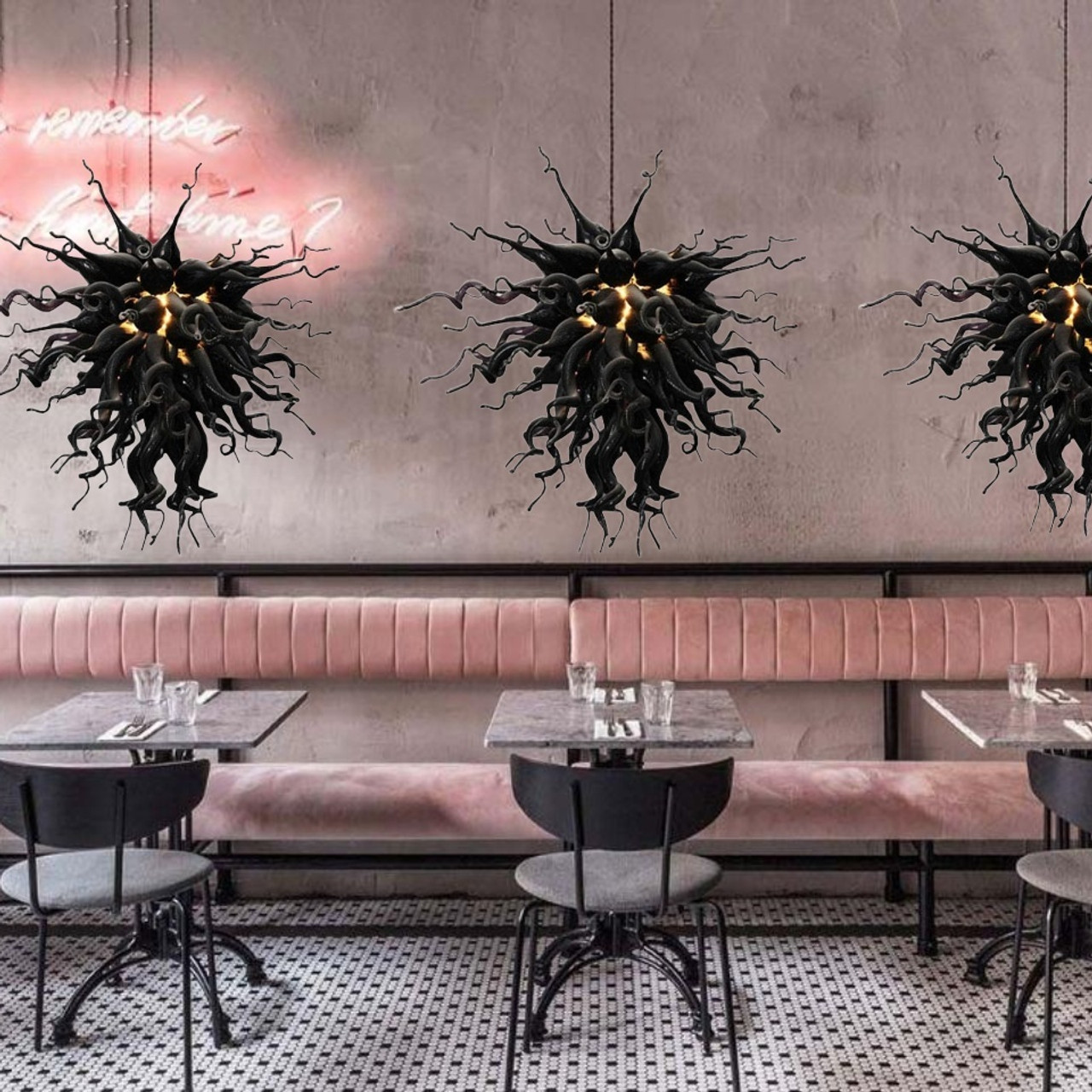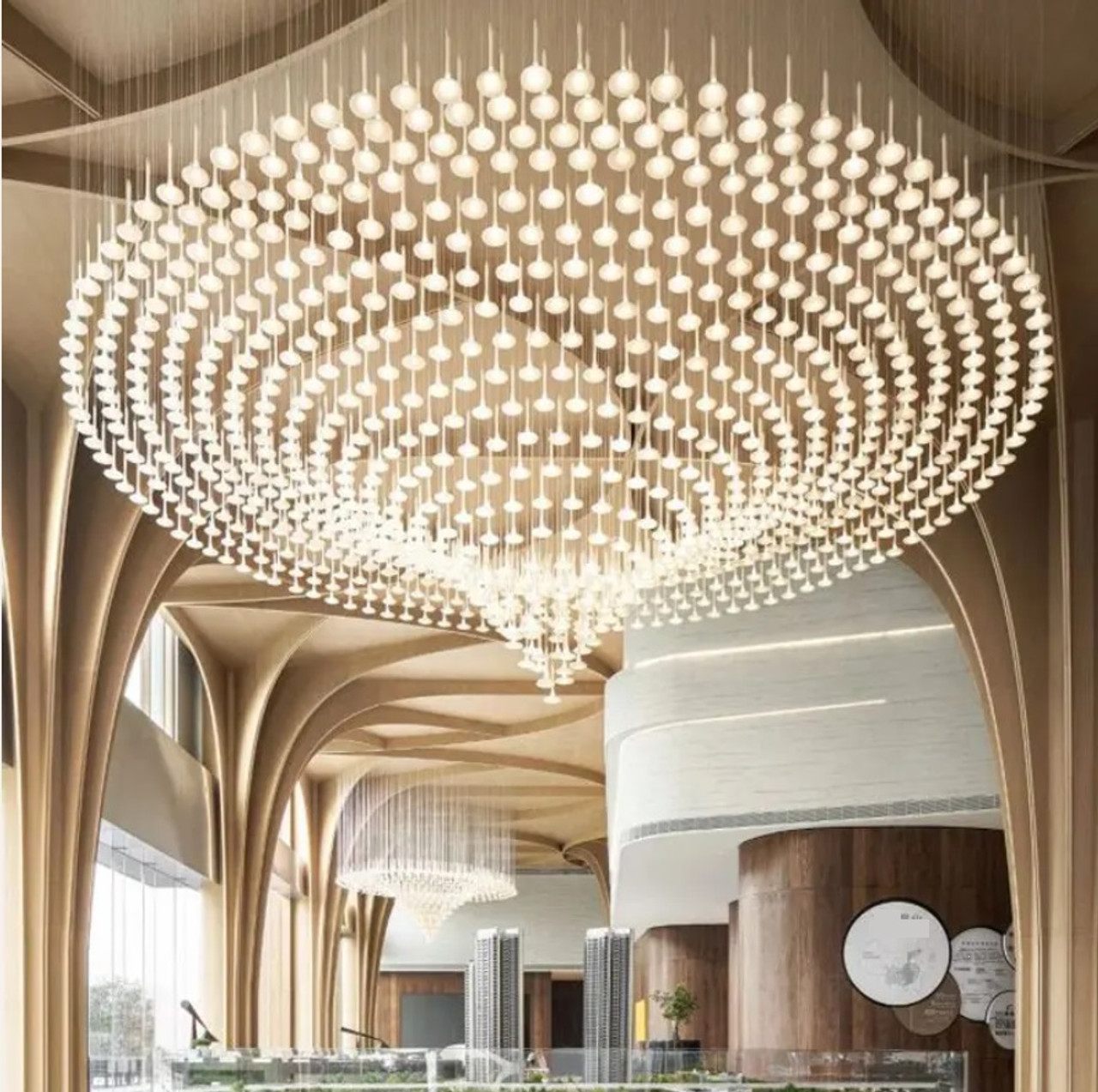What is Speculative Realism, and How Can It Transform the Field of Architecture?
27th Jul 2024
What is Speculative Realism, and How Can It Transform the Field of Architecture?
Speculative Realism is a contemporary philosophical movement that diverges from the traditional focus on human experience and subjectivity, proposing instead a more object-oriented approach that considers the reality of objects independent of human perception. This philosophy has begun to influence various fields, including architecture, where it encourages a reevaluation of the relationships between space, materials, and human interaction. In the realm of architecture, Speculative Realism prompts architects to envision buildings and spaces not just as structures for human use but as entities that possess their own existence and interact with the environment and users in complex, often unforeseen ways.
Who Invented Specilative Realism?
Speculative Realism is a philosophical movement that emerged from a workshop held at Goldsmiths, University of London, in 2007. It does not have a single inventor but was instead initiated by a group of philosophers, each bringing their own perspective to the movement. The core group often associated with the founding of Speculative Realism includes Quentin Meillassoux, Ray Brassier, Graham Harman, and Iain Hamilton Grant.
Quentin Meillassoux's work, especially his book "After Finitude," is frequently cited as a foundational text for the movement, introducing the concept of "correlationism" and arguing against it. Correlationism is the philosophical notion that we can only know the correlation between thinking and being, and never the realms of either in isolation from this correlation. Meillassoux and his contemporaries advocate for a philosophical approach that attempts to think about the world without the mediation of human thought or linguistic structures, hence the term "Speculative Realism."
Each philosopher associated with Speculative Realism has developed his own distinct strand within the broader framework of the movement, ranging from Harman's Object-Oriented Ontology (OOO) to Brassier's nihilism and Grant's revival of Schelling's nature-philosophy. Despite their differences, these thinkers share a commitment to reconsidering the role of the non-human and the material in the fabric of reality.
The Core of Speculative Realism
Speculative Realism challenges the anthropocentric view that human experience is the ultimate lens through which all understanding must be filtered. It argues for a world that exists beyond our sensory experiences and cognitive processes, suggesting that objects have their own essence and reality, unaffected by human thought or perception. This shift in perspective opens up new avenues for architectural design, encouraging architects to consider buildings and spaces as part of a broader ecological and material network that includes, but is not centered exclusively on, human users.
Implications for Architecture
The adoption of Speculative Realism in architecture leads to a transformative approach in design thinking and practice. It suggests that architecture is not just a backdrop to human activity but an active participant in shaping human and non-human experiences. This perspective can lead to innovative designs that are more responsive to environmental conditions, material properties, and the interactions between different entities within a space.
Real-World Examples and Projects
- The Hylozoic Ground Pavilion by Philip Beesley is an exemplary project that embodies principles of Speculative Realism. Installed at the Venice Biennale, this interactive environment reacts to the presence of visitors with a forest of delicate structures that move, light up, and produce sounds. It challenges traditional architectural boundaries, creating a space where the distinction between object, environment, and user becomes blurred, emphasizing a symbiotic relationship between human and non-human actors.
- The Blur Building by Diller Scofidio + Renfro is another project that resonates with Speculative Realism. Located on Lake Neuchâtel for the Swiss Expo 2002, this structure was a cloud of mist generated by water pumped from the lake and sprayed through high-pressure nozzles. The building's form was never fixed; it changed with wind and weather, challenging the notion of architecture as a static object and emphasizing the building's interaction with its natural surroundings and the perceptions of its inhabitants.
- Biomimicry in architecture also aligns with Speculative Realism, as it involves designing buildings and structures inspired by the principles found in nature, acknowledging that non-human life forms have evolved efficient strategies over millennia. The Eastgate Centre in Harare, Zimbabwe, designed by Mick Pearce, utilizes a natural cooling system inspired by termite mounds, demonstrating how architecture can learn from and integrate with the natural world, rather than imposing human-centered designs upon it.
Transforming the Field of Architecture
Speculative Realism has the potential to radically transform architecture by:
- Encouraging Sustainable Practices: By viewing buildings as participants in their environments, architects are more likely to design with sustainability in mind, creating structures that work in harmony with their surroundings rather than against them.
- Fostering Innovation: The philosophy's emphasis on the reality of objects independent of human perception encourages architects to explore new materials, technologies, and forms, leading to groundbreaking architectural solutions.
- Enhancing User Experience: By considering how spaces affect and are affected by both human and non-human actors, architects can create more inclusive, dynamic, and responsive environments.
The pros & cons of speculative realism in the field of architecture
Speculative Realism offers a novel lens through which architecture can be re-envisioned, leading to innovative design strategies that embrace a broader ecological and ontological perspective. However, like any philosophical application, it comes with its set of advantages and challenges when applied to the field of architecture.
Pros of Speculative Realism in Architecture
- Encourages Innovative Design: By moving beyond human-centered design, architects can explore innovative structures and materials that respond to a wider set of influences, including environmental conditions and the needs of non-human entities.
- Promotes Environmental Sustainability: A Speculative Realist approach often leads to greater consideration of a building's interaction with its environment, encouraging sustainable practices and designs that are more harmonious with their natural surroundings.
- Enhances Material Exploration: It drives architects to consider the intrinsic properties and potentials of materials, not just their utility for human use, which can lead to new uses and applications of materials in construction.
- Broadens Architectural Narrative: By considering objects and buildings as entities with their own realities and interactions, architects can create spaces that tell more complex stories, engaging users in a deeper, more immersive experience.
- Fosters Interdisciplinary Collaboration: This perspective can facilitate greater collaboration with scientists, artists, and other disciplines, broadening the conceptual and practical approaches available to architects.
Cons of Speculative Realism in Architecture
- Practicality and Cost Issues: Innovative designs inspired by Speculative Realism may face practical and budgetary constraints, making them difficult to realize within the constraints of traditional construction projects.
- Complexity in Design and Execution: Architects might encounter challenges in translating abstract philosophical concepts into tangible architectural solutions, leading to complexities in design, planning, and execution.
- Potential Overemphasis on Concept Over Function: There's a risk of prioritizing philosophical over functional aspects of design, which could lead to spaces that are conceptually interesting but less practical or comfortable for users.
- Risk of Alienation: Designs heavily influenced by speculative realism might not resonate with all users, potentially alienating those who prefer traditional or more directly functional spaces.
- Evaluation and Metrics: The success of projects inspired by speculative realism might be harder to evaluate by conventional metrics of functionality, user satisfaction, and environmental performance, requiring new ways of understanding and valuing architectural success.
While Speculative Realism can significantly enrich the field of architecture with new perspectives and approaches, its practical application requires careful balance between philosophical inspiration and the pragmatic demands of architectural design and construction. The movement encourages architects to rethink the essence of space, materiality, and the environment, offering a path toward more innovative, sustainable, and responsive architecture.
Conclusion
Speculative Realism offers a profound and compelling lens through which the field of architecture can be re-envisioned. It challenges the profession to move beyond a purely human-centered approach to design, urging architects to consider the broader ecological and material contexts in which their works exist. Through projects that embody these principles, the field can advance toward more sustainable, innovative, and responsive architecture, ultimately transforming how spaces are conceived and experienced in the 21st century and beyond.





